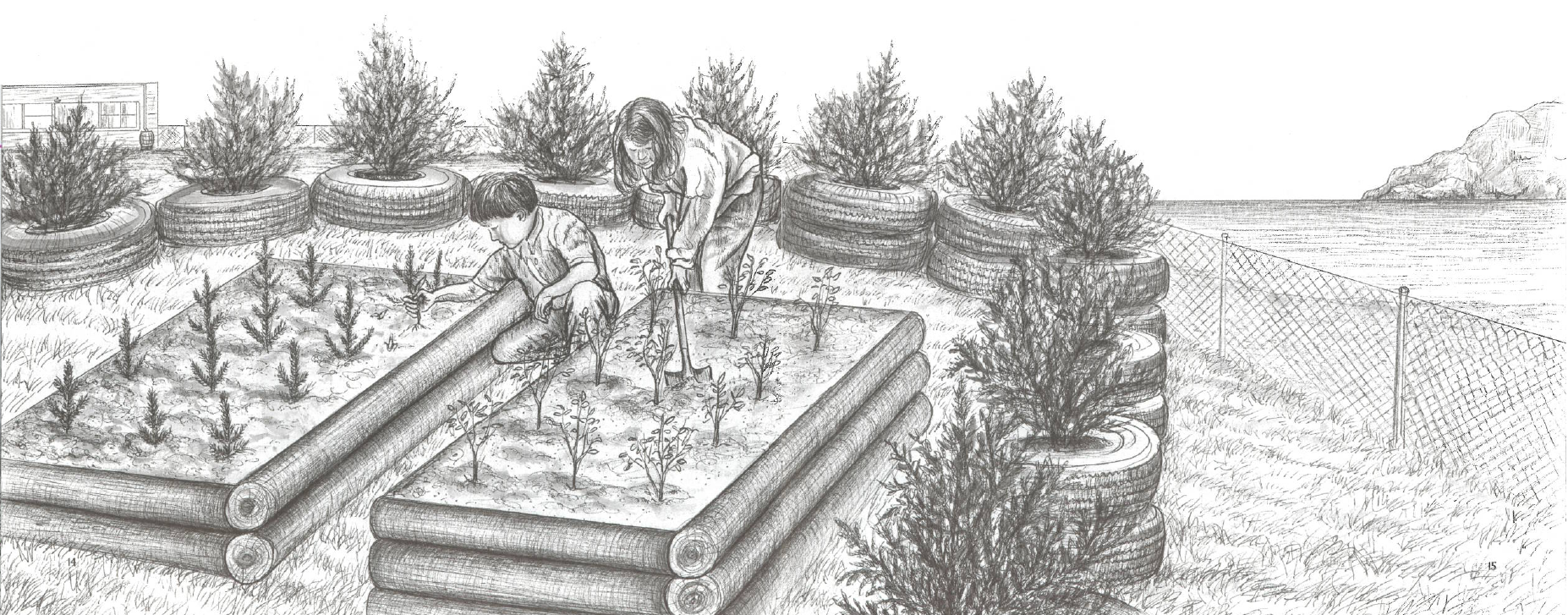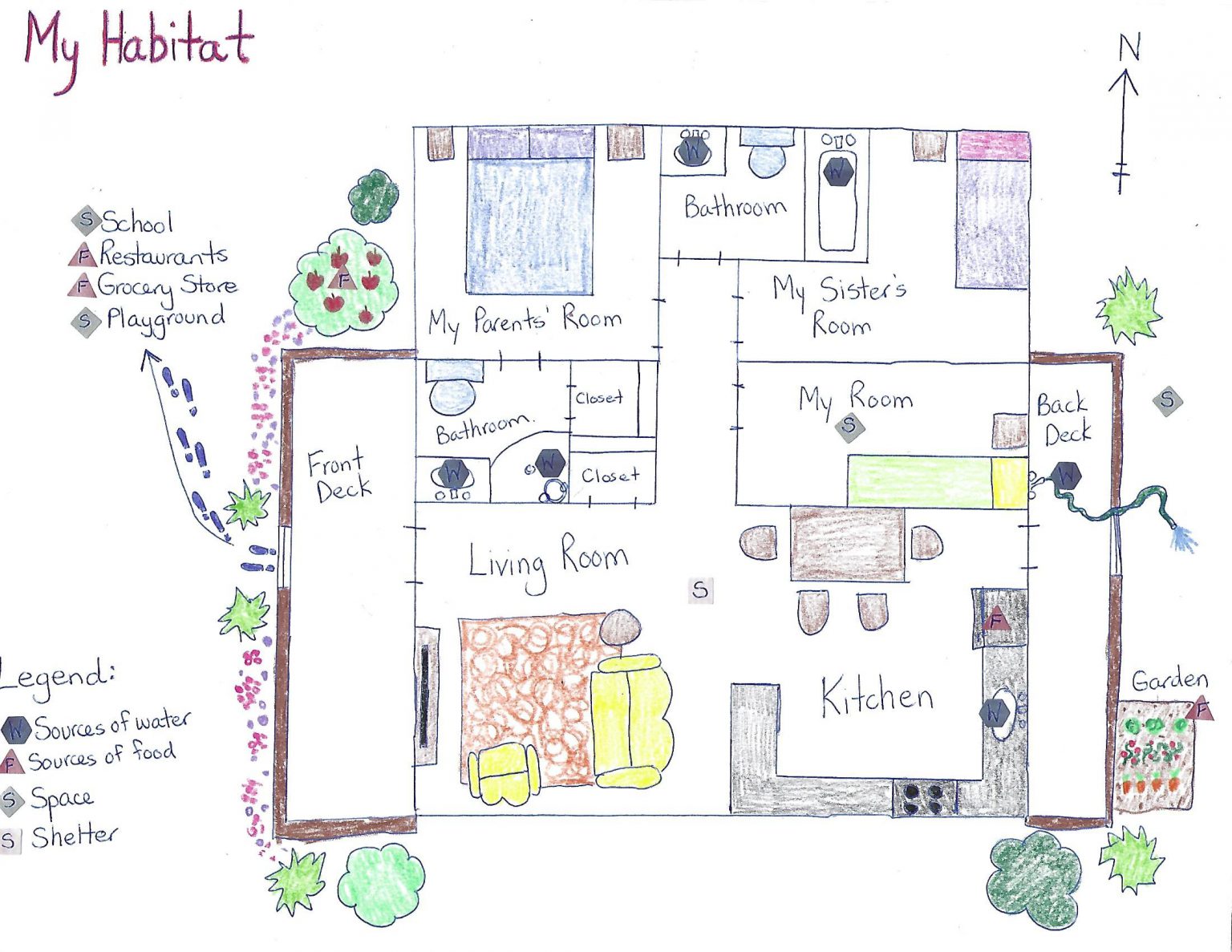Subjects: science
You have a lot in common with beetles, bears, and brambles. All living things need healthy habitat to survive.
- Habitat means home, but it's more than shelter. It’s like a community that contains the ingredients required by its occupants. For instance, you leave your house to buy food at the neighbourhood store. Snakes and beavers leave their shelters to find food too.
- Humans are part of nature. We have evolved over millions of years, just as other organisms have done.
- Unlike other creatures, humans can control their habitat. We pipe drinking water from far away. We eat foods imported from other countries. If we don't like the weather, we turn on the furnace or air-conditioner.
- Humans don't have to wait for thousands of years to adapt biologically. Instead of growing a thick coat of fur when winter blows in, we pull on our long johns and woolly sweaters.
- People often alter wildlife habitat to suit their own fancy. For instance, we fill in swamps to build houses or spray pesticides on fields to kill bugs.
Gimme Elbow Room
Every creature needs space to roam, hunt, and breed. Wild turkeys need 40 hectares of woodland. Ruffed grouse will settle for four. How much space do you need?
- Draw a map of your habitat. Mark where you find food, water, shelter, and space. Besides the refrigerator, include your garden, supermarket, and restaurants as sources of food. Water comes from taps, wells, rain, lakes, and rivers. Shelter is the roof above your head. Space could include your yard, the street, field, or park where you play. Remember to draw yourself in your habitat.
- How habitat elements are arranged is important too. Suppose your kitchen were in the next township. How inconvenient! However, caribou trek long distances searching for food. Think of ways in which humans arrange habitat elements to suit their needs better. Can wildlife do the same?
- Cordon off half your classroom or all the rooms in your house except one. Have students or family try out the more crowded quarters. Then discuss how each person feels about the situation.
Habitat and Beyond
Let's look beyond your habitat at the bigger picture. It might include your county, municipality, or province.
- Ask a biologist how your habitat fits into the larger, more complex picture. Perhaps you live in a boreal ecosystem, prairie grassland, or temperate rainforest.
- List some of the plants and animals that share your ecosystem. How are their habitats the same as or different from yours?
- Are species disappearing from your area? Find out why. Are their habitats in trouble? If so, in what ways?
- List how humans have changed things in your area. Do the changes help or hinder wildlife?

Printer friendly
Copyright Notice
© Canadian Wildlife Federation
All rights reserved. Web site content may be electronically copied or printed for classroom, personal and non-commercial use. All other users must receive written permission.







